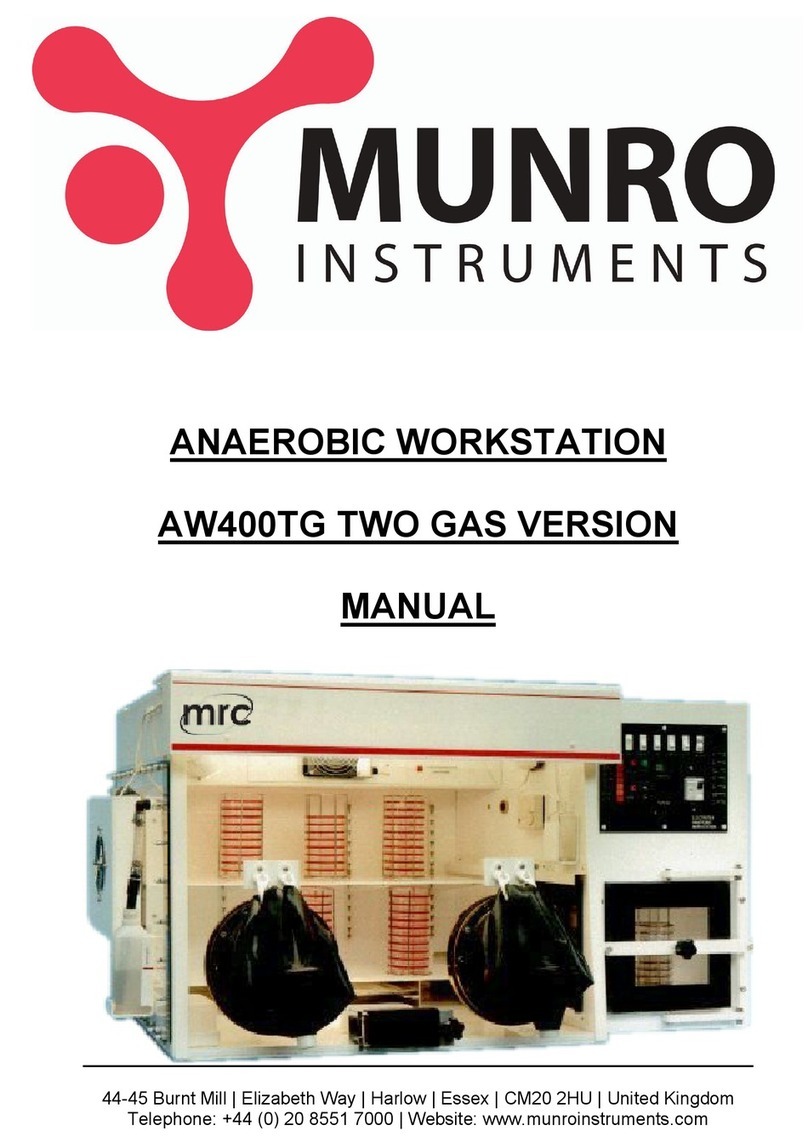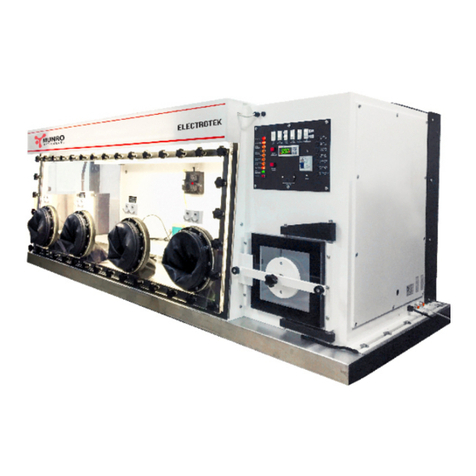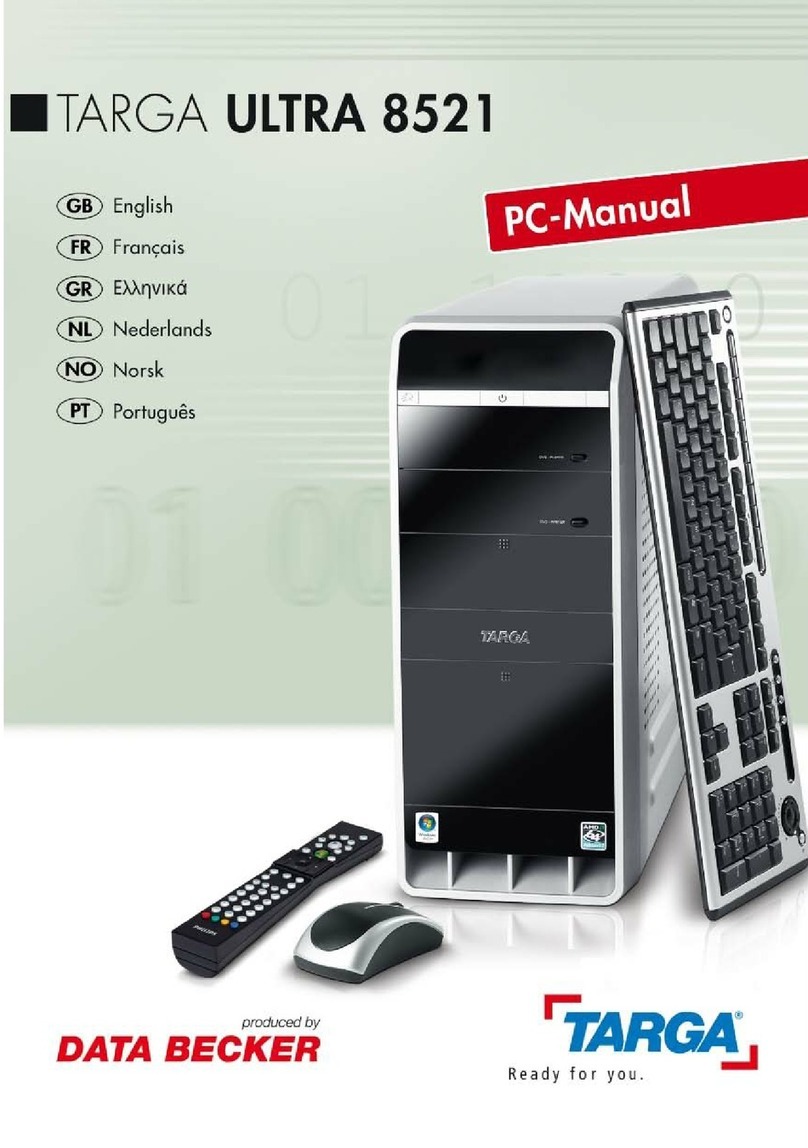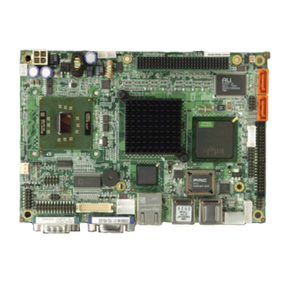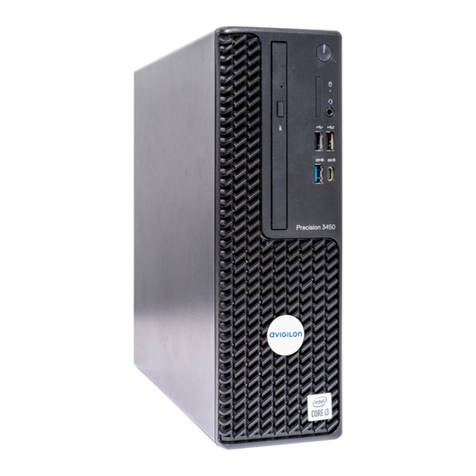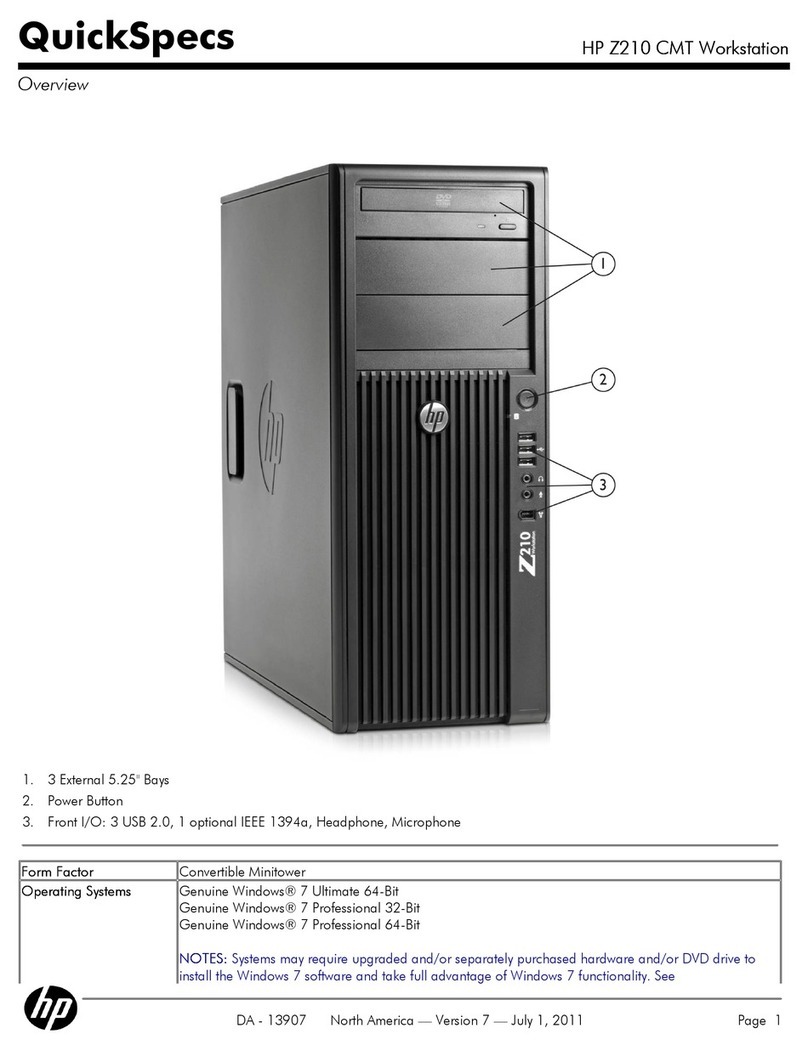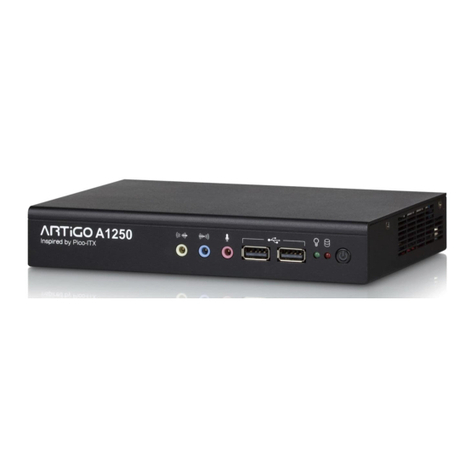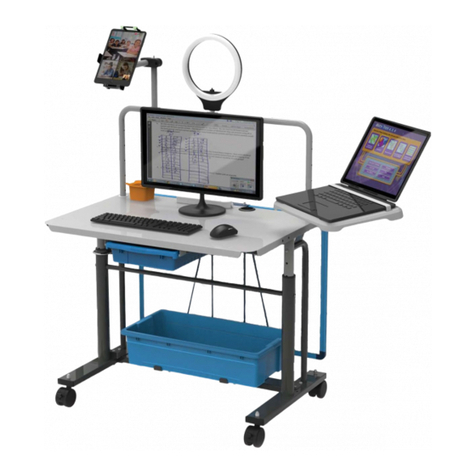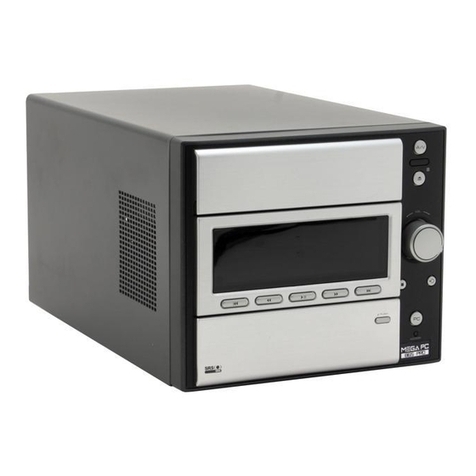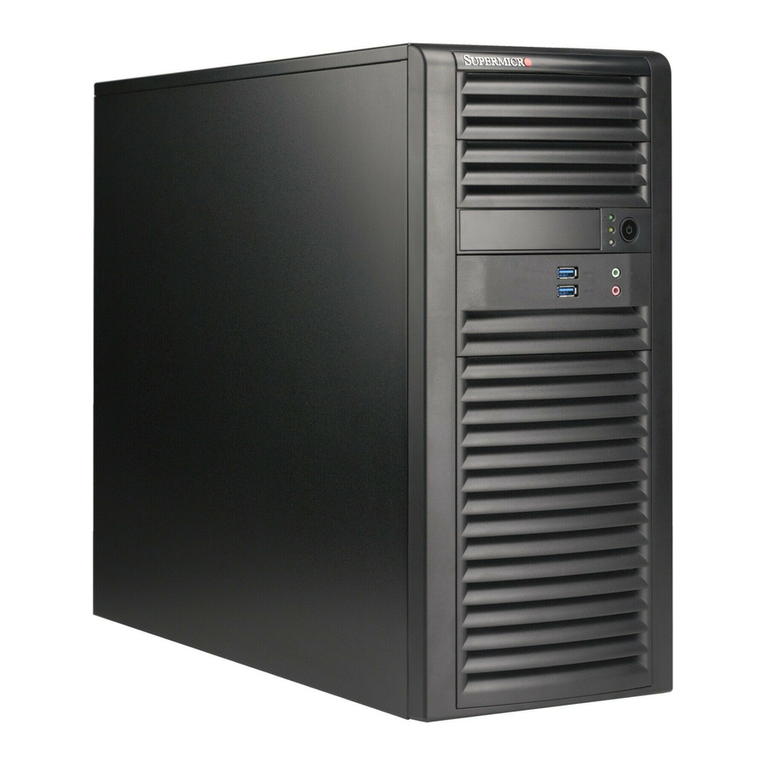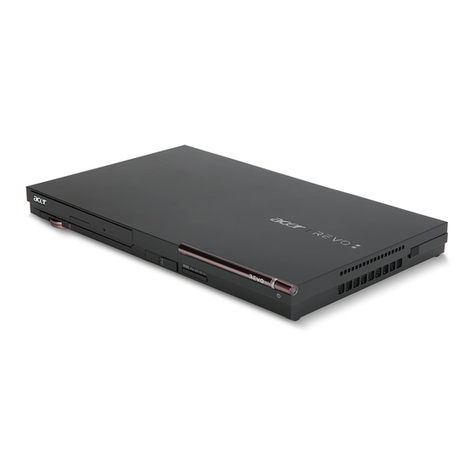ELECTROTEK AW200SG MINI MICRO User manual

ANAEROBIC WORKSTATION
(AW200SG (MINI MICRO
MANUAL
PLEASE READ THIS MANUAL CAREFULLYBEFORE OPERATION
Burnt Mill, Elizabeth Way Harlow, Essex, CM20 2HU UK 44-45 [email protected]
MUNRO.6.22

1
CONTENTS
1.
GENERAL ARRANGEMENT DRAWING OF ANAEROBIC WORKSTATION
2
2.
GENERAL SPECIFICATION
3
3.
GAS SUPPLIES
4
4.
ELECTRICAL SUPPLES
4
5.
INSTALLATION OF GAS AND ELECTRIC DRAWING
5
6.
ASSEMBLY INSTRUCTIONS DRAWING
6
7.
CHECKING THE INCUBATOR ATMOSPHERE FOR OXYGEN
7
8.
PREPARING THE ANAEROBIC INDICATOR SOLUTION
7
9.
COMMISSIONING THE CABINET
8
10.
CHECKING THE GAS FLOW
9
11.
WORKING INSIDE THE CABINET WITH BARE HANDS
10
12.
SLEEVE ASSEMBLY
11
13.
REMOVAL OF CONDENSATION FROM INSIDE THE INCUBATOR
12
14.
THE WATER GAS TAP TUBE
12
15.
TRANSFERRING ITEMS INTO THE INCUBATOR
13
16.
TRANSFERRING ITEMS OUT OT THE INCUBATOR
13
17.
THE HEATING SYSTEM
13
18.
THE TEMPERATURE CONTROLLER
13
19.
THE GAS CIRCULATION SYSTEM
14
20.
CHANGING THE CATALYST AND CONDITIONER
14
21.
CLEANING
14
22.
TEST RECORD SHEET
15
23.
DECLARATION OF CONFORMITY
16
24.
CIRCUIT DIAGRAMS
17

2
GENERAL ARRANGEMENT OF AW200SG ANAEROBIC CABINET
Spotlight
Fans
Removable lock lid
Humidistat
Power socket
Condensation drain bottle
Removable exterior port covers
complete with retaining clips
Bare hand operation ports
Catalyst
Conditioner
Electric supply
Gas inlet
6mm push-in tube
Shelf
Bottom door
of lock
Heating chamber
Petri dish entry lock
Working tray
1 1/2"
(38mm)
27" (686mm)
22 1/2"
(572mm)
25"
(635mm)

3
GENERAL SPECIFICATION
MODEL AW200SG (MINI MICRO)
MAIN CHAMBER INCUBATION CAPACITY 200 Petri Dishes
DOOR SEALING Manual
GAS Mixed Gas (10% H2 + 10% CO2 + 80% N2)
OXYGEN REMOVAL FROM AIRLOCK Positive Pressure flushing
FABRICATION MATERIAL Acrylic
OVERALL DIMENSIONSLength 27" 686mm
Depth 25" 635mm
Height 22 1/2" 572mm
ELECTRICAL SUPPLY 240 VAC 50Hz

4
GAS SUPPLIES
This Anaerobic Cabinet requires one gas cylinders fitted with a two stage regulator. The output side of
the regulator should have a range of 0 -50 p.s.i. (3.3 bar).
The gas cylinder should contain:
10% Hydrogen + 10% Carbon Dioxide + 80% Nitrogen
CAUTION: GAS CONTAINING MORE THAN 10% HYDROGEN SHOULD NOT BE USED
UNDER ANY CIRCUMSTANCES
The gas pressure at the inlet to the cabinet should be 30 psi (2.0 bar) with the gas flowing, and the
gas flow is as follows:
MIXED GAS 35L/min
The diameter of the pipes connecting the cylinder to the cabinet should be selected according to the
length of run to give a minimum pressure drop, this will give maximum gas utilisation.
The cabinet is fitted with a 6mm diameter "push in connector" for the gas.
ELECTRICAL SUPPLIES
VOLTAGE: 240 V.A.C.
CURRENT: 3 AMPS
FREQUENCY: 50 Hz
CAUTION
Switching the Anaerobic workstation “OFF” before it has reached its working temperature can
cause the “THERMAL FUSE” protecting the heater to rupture.
We recommend that the heaters are switched off at the control panel if any work is being carried
out on the unit requiring switching “OFF” and “ON” or during any commissioning tests.

5
INSTALLING THE GAS AND ELECTRICAL SUPPLY TO THE AW200SG WORKSTATION
CAUTION:-GAS CONTAINING MORE THAN 10% HYDROGEN MUST NOT BE USED
UNDER ANY CIRCUMSTANCES
2 stage pressure regulator
Set outlet pressure sufficient to maintain
pressure at inlet to cabinet
Primary gauge showing
pressure in bottle
6mm diameter flexible
plastic tube 1m long
Mount cabinet on strong,
FLATbench at convenient
height. Ensure that the
WHOLEof the base is
supported by the bench.
Large gas cylinder containing
9 cubic meters of mixed gas.
10% H2+ 10% CO2+80% N2
Pressure regulator setting 30 psi
(2.0 bar) with gas flowing
Select tube diameter to give
minimum pressure drop when 35L
of gas per minute is flowing.
Diameter depends on length of run.
On/Off tap
Electrical supply 220/240V AC
50Hz

6
AW200SG ASSEMBLY INSTRUCTIONS DRAWING
Air Inlet
Air Exhaust
Fit the indicator pump on hook
provided and plug into this socket
Place the conditioning sachet
then the catalyst in the channels
under the tray in the order shown.
Conditioner Catalyst
Bung
Sleeve assy.
'O' ring Port Cover
Powder
Indicator solution bottle
fits here
Leave gap of approximately 6" at
rear of unit for air intake.
Keep the water in the trap bottle
between the marks shown.

7
CHECKING THE INCUBATOR ATMOSPHERE FOR OXYGEN
The Anaerobic Indicator Solution will indicate traces of Oxygen in the incubator atmosphere by changing
colour from being clear when the atmosphere is anaerobic to being blue when oxygen is present. The
Indicator Solution is held in a small bottle located in the bottom of the incubator and is held in position by
a plastic holder. The atmosphere from the cabinet is bubbled through the solution by a small aquatic
pump. The pump is plugged permanently into an electrical socket. The atmosphere of the incubator can
be checked for oxygen content by simply switching the socket "ON" on the Control Panel. It is usually
sufficient to check the atmosphere perhaps once a day allowing the pump to run for about 2 minutes. If
the pump is allowed to run continuously, the indicator solution tends to evaporate and requires replacing
on a regular basis. This is not necessary.
PREPARING THE ANEROBIC INDICATOR SOLUTION
Make up the Anaerobic Indicator Solution from the two ingredients provided sufficient to fill the bottle
about two-thirds full using nine parts of solution "A" and one part of solution "B"
Now place a cap lightly on the neck of the bottle and place it in a bath of water and bring it to the boil. The
solution will change from being blue to colourless. Tighten up the cap and remove the bottle from the
water allow it to cool and pass it into the cabinet. The cap can now be removed and the outlet pipe from
the pump connected to the bottle. The bottle can now be placed in position inside the bottle holder where
it will be in full view.
We recommend replacing the solution on a weekly basis.

8
COMMISSIONING THE CABINET
Check all the following points before starting to commission the workstation.
1.Switch "OFF" the cabinet at the Mains ELCB switch.
2.The gas flow has been set at the factory to 35 litres per minute.
3.Open the mixed gas pressure regulator fitted to the gasbottle sufficiently high to maintain an inlet
pressure to the cabinet of approximately 30 psi (2.0 Bar) with the gas flowing.
4.Ensure that the Gas Trap Bubble Bottle is filled up to the water level line and the gauntlets and
bungs are both fitted to the cabinet. (Page 7)
5.Hang the Indicator Pump on the hook adjacent to the electrical socket, plug the pump into the
socket.
6.Ensure that the bottom lid of the petri dish entry lock is in the closed position. Remove the top lid of
the lock and place it at an angle over the top of the lock ensuring that there is a gap for the flushing
gas to escape, as shown on page 9.
7.Check that the Atmospheric Conditioning Sachet and the Palladium Catalyst Sachet are in position
underneath the shelf. The Atmospheric Conditioning Sachet should be put in first to the rear of the
cabinet.
8.Set the humidistat to 70% R.H.
9.Switch the commissioning switch on the control panel to the ‘ON’ position by sliding the switch
locking device along the switch body.
10.Now switch on the cabinet at the E.L.C.B.
11.Gas will begin to flow into the incubator and out of the lock.
12.Leave the gas flowing for approximately 25 minutes then place the anaerobic indicator bottle in
position filled to the appropriate level with indicator solution and connect it to the pump with the
flexible tubing. (See the instructions regarding the preparation of the indicator solution on page 7)
13.If the indicator solution remains colourless the cabinet is anaerobic.
14.During thisperiod, the inside of the cabinet will mist over, but eventually this condensation will
clear. The catalyst sachet will also get quite warm.
15.Once the cabinet is anaerobic, replace the lid of the Petri dish entry lock.
16.Switch the commissioning switch back to the ‘OFF’ position. This will bring the gas leak circuit back
into operation.
17.Ensure the commissioning switch locking device prevents the commissioning switch being
accidentally switched to the ‘ON’ position
18.Now check all functions are working.

9
CHECKING THE GAS FLOW
To check the Gas Flow into the Workstation the following equipment is required:
1.Gas Flow Meter(0–35 Litres per minute)
2.Pressure Gauge (0–3.3 Bar)
Connect up the equipment as shown and lift lid as shown.
e.g.: Gas flow required = 35 L / minute
Pressure Gauge Reading shows 0.8 Bar
Any adjustment to the gas flow should be made using the flow regulator situated behind the back
cover.
min
/
20
73
.
1
35
1
2
1
35
=
Reading
Meter
Flow
L
=
=
+
Gas Flow
=
Flow Mete
r Reading
1
+
Pressure
Gauge Read
ing
1
Flow Meter
Pressure Gauge
Pressure Regulator (output set @ 10 psi)
Inlet Solenoid
Gas Out
Gas In
Flow Regulator

10
WORKING INSIDE THE CABINET WITH BARE HANDS
The inside of the sleeve is always held at positive pressure by the Gas
Pressure Switch, therefore if the Bung is removed from the Cuff, gas will
flow out of the cabinet and no oxygen will enter.
To insert the hand into the cabinet, first remove the portcover by placing the
neoprene retainer on each side of the port as shown and put the covers in a
safe place.
Feel inside the right hand sleeve, take hold of the bung with the right hand
and pull the sleeve to the outside of the cabinet. Now hold the rigid cuff with
the left hand and push the bung into the cabinet using the tips of the fingers
only, followed by the hand.
( Note:-Do not grip the end of the bung with the fingers).
To insert the left hand, take hold of the left hand rigid cuff with theright hand (inside the cabinet). Insert
the left hand into the left hand sleeve and push out the bung with the tips of the fingers. While still holding
the rigid cuff with the right hand, push the left hand through the cuff.
To remove the hands from the cabinet, place the left hand bung in close proximity to the left hand port.
Take hold of the left hand rigid cuff with the right hand and withdraw the left hand. Place the left hand rigid
cuff over the bung using the right hand. Press the cuff over the bung to form a seal. To remove the right
hand, take hold of the right hand bung inside the cabinet with the right hand. Withdraw the bung and
sleeve to the outside of the cabinet. Release the bung inside the sleeve and withdraw the right hand. Now
lower the sleeve so that the bung falls through the rigid cuff into the wrist cuff. Holding the rigid cuff with
both hands, apply light pressure through the sleeve to the back of the bung to squeeze the bung into the
wrist cuff to produce a seal. Once finished, push the sleeve assembly into the glove port and re-fit the port
covers, holding them in place with the neoprene o-rings.
Note:-To prevent oxygen entering through a glove port, the operator must never remove a bung
from either sleeve until the sleeve has filled with gas.
If the hands and Cuffs are lightly dusted with talcum powder the operation becomes very simple.
If the Cuffs are too tight around the wrists they can be trimmed to a more comfortable fit with a sharp pair
of scissors. However they must be sufficiently tight to prevent gas escaping whilst working inside the
cabinet.

11
SLEEVE ASSEMBLY
The Most likely part of the sleeve assembly to suffer damage is the cuff. This can be replaced by
following the diagrams shown below.
The assembly consistsof four parts:-
1.The sleeve
2.The rigid cuff
3.The wrist cuff
4.The 'O' rings
The assembly fits together as shown in the following sketches:-
3.
Trim sleeve
flush with cuff
1st'O' ring
2nd & 3rd
'O' rings
Wrist cuff
Shorten sleeve
by rolling as
shown
Rigid Cuff
Sleeve
1.
2.

12
THE REMOVAL OF CONDENSATION FROM INSIDE THE INCUBATOR
Water vapour accumulates inside the incubator atmosphere from two sources, firstly from the evaporation
of the media in the Petri dishes and secondly by the hydrogen and the traces of oxygen being linked
together by the palladium catalyst. If this water vapour is not removed it will condense on the cooler
surfaces of the incubator walls and form pools of water. The cabinet however is fitted with a large
aluminium Condensation Plate which is kept a few degrees lower than the temperature inside the
incubator by a fan which blows cool air fromthe room onto its outer surface. This reduction in temperature
is sufficient to cause the excess water vapour inside the incubator to condense, run down its surface and
collect at the bottom and finally fall via a one-way valve into the gas trap bottle.
The humidity inside the incubator is controlled by the humidistat which is situated inside the unit just
behind the transfer lock. The humidistat switches the cooling fan on and off automatically as required.
THE WATER GAS TRAP TUBE
The water gas trap tube is situated on the outside of the unit at the rear of the left side. It has several
functions.
Firstly, it is a safety device so that in the event of the gas inlet solenoid remaining open, the gas has a
way of getting out of the inlet without doing any damage.
Secondly, it allows the operator to push their hands inside the cabinet without applying any undue
pressure. It must be remembered that all the gas that escapes via the gas trap is wasted, therefore every
effort must be made to minimise this wastage when working inside the incubator. If one arm is withdrawn
as the other is pushed into the unit, gas wastage can be reduced.
Finally, the water gas trap tube is a collecting point for the condensation.
The water level should be checked daily. If the water level is too high it makes it difficult for the operator to
insert their arms and if the water is too low, there is a risk that gas will start to escape.

13
TRANSFERRING ITEMS INTO THE INCUBATOR
The workstation is supplied with four stainless steel petri dish holders, each capable of holding ten dishes.
These are used for transferring dishes into and out of the cabinet and for stacking them whilst they are
being incubated.
To insert the dishes into the incubator, simply do the following:-
Place the loaded petri dish holders in close proximity to the right hand side of the cabinet. Insert the left
hand through the right hand glove port. Using the right hand, remove the lid from the transfer lock. Place
the dish holder into the lock and replace the lid. Using the left hand inside the cabinet, open the bottom
door of the transfer lock and lower the holder into the incubator. Close the bottom door and repeat for
further holders.
TRANSFERRING ITEMS OUT OF THE INCUBATOR
To remove plates from the incubator, first collect all the dish holders to be removed and place them in the
right half of the cabinet, within easy reach of the left hand (again inserted into the right hand glove port).
Open the bottom door of the transfer lock, push the holder up into the lock and hold in place with the
thumb of the left hand, while closing the door with the fingers. Now remove the top lid and allow three
seconds for withdrawal of the holder from the lock. This allows new gas from the incubator to follow the
holder out and prevents air being drawn into the unit. Replace the lid and repeat for further holders.
THE HEATING SYSTEM
The heating system consists of a 300 Watt heater fixed directly behind the fan unit, mounted on a
detachable plate on the top of the incubator. The fan runs continuously whilst the heater is burst fired.
THE TEMPERATURE CONTROLLER
An adjustable electronic temperature controller fitted in the control panel of the cabinet regulates the
temperature. The controller has a temperature sensor in the right hand top corner of the heating chamber
and the temperature of the incubator can be adjusted between 3 degrees C above ambient to 40 degrees
C.There is a green led incorporated in the temperature controller which indicates when the heater is
operating and a temperature display to give an accurate reading of the internal temperature of the cabinet.
A data sheet covering the temperature controller is included with this documentation.

14
THE GAS CIRCULATION SYSTEM
The fan unitspick up the cooler incubator atmosphere which has been forced to the top of the incubator
and first passes it over the warm heater. This warmer gas is now forced down the channel at the back of
the cabinet then it passes under the bottom shelf of the incubator where it first meets the sachets of
Conditioner and then the sachets of Catalyst. The gas now gives up just sufficient of its heat to maintain
the required temperature before finding its way back to the top of the incubator due to the suctional force
of the fan.
CHANGING THE CATALYST AND CONDITIONER
The sachet of Catalyst and the sachet of Conditioner which are housed beneath the bottom shelf of the
incubator will require replacing at a period in excess of one year. If for any reason the sachet of catalyst
gets wet, the contents can be dried out by heating to a temperature of 160°
C for a period of two hours.
The sachet of conditioner can, if necessary, be dried at room temperature. The chemicals can then be
returned to their respective containers for further use. .
When replacing the sachets, ensure that the sachet of Atmospheric Conditioner is at the REAR of the
cabinet so that the gas passes over it first. (See sketch below)
CLEANING
The inside of the cabinet can be swabbed out with a weak solution of general laboratory detergent and
warm water, and dried with a soft cloth. In the event of a culture spillage, a 5% Hypochlorite solution
should be applied to the area and left for half an hour. It should then be wiped and swabbed with a 1%
solution of Sodium Thiosulphate. Remove the catalyst and conditioner from the unit while the Hypochlorite
solution is being used.
Sachet placed in workstation through transfer lock

15
TEST RECORD SHEET
MODEL AW200SG
SERIAL NO
CUSTOMER
MIXED GAS FLOW 35 L / MIN
MIXED GAS INPUT PIPE SIZE 6 mm DIA
INCUBATOR POSITIVE PRESSURE SETTING6 mm WG
INCUBATOR LEAK NOT DETECTED 1 HOUR
TEMPERATURE SETTING 36.5 deg C
OVER TEMP SETTING OF THERMAL FUSE 98 deg C
SPOTLIGHT
COMMISSIONING SWITCH
HUMIDISTAT
LOCK LID
MIXED GAS FLOW
DIGITAL THERMOMETER
ELCB
CHECKED BYDATE

16
Equipment
Manufacturer
Address
Description of Equipment
Declaration of Conformity
Anaerobic Incubator type AW200SG
MUNRO
Burnt Mill, Elizabeth Way Harlow, Essex, CM20 2HU
UK 44-45, United Kingdom
Incubator for the environmentally controlled incubation
of anaerobic bacteria
I certify that the apparatus identified above conforms to the requirements of Council Directive
89/336/EEC
SignedDate
Position/status
Proprietor, MUNRO
Table of contents
Other ELECTROTEK Desktop manuals
